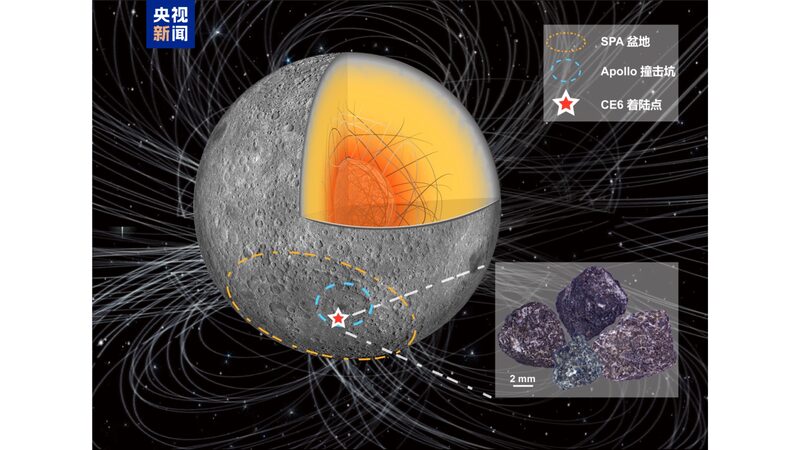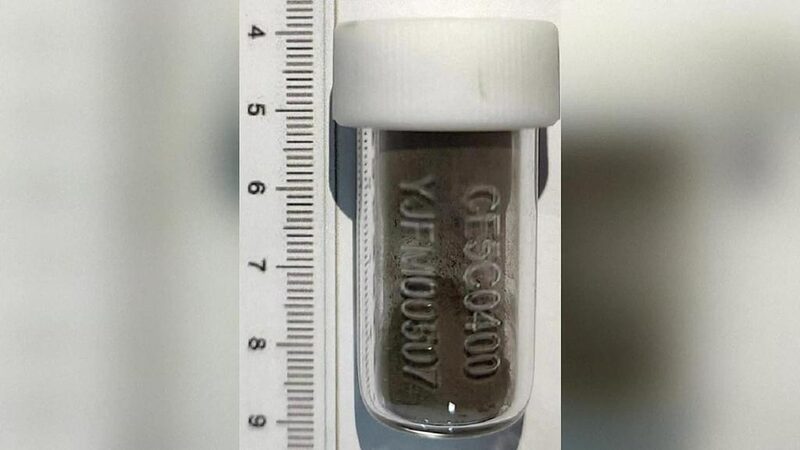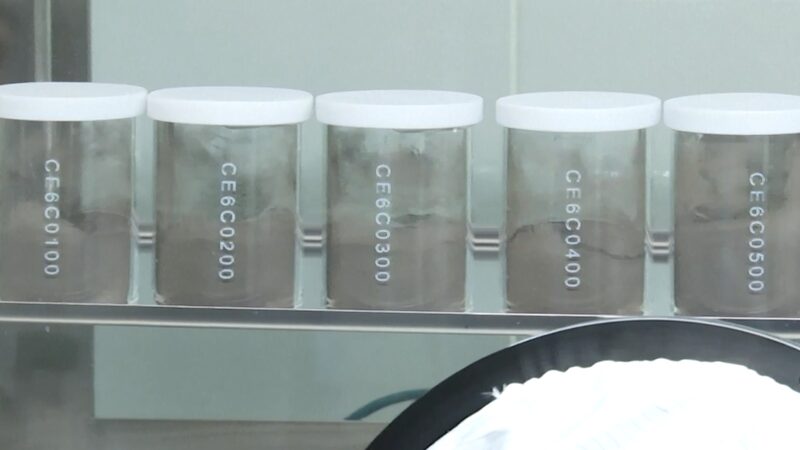Forget what you learned about the moon’s crust – new research from Chinese scientists is flipping the script! 🌌 A study of lunar samples brought back by China’s Chang'e-5 mission reveals that the moon’s early crust formation wasn’t a two-step process but a continuous geological saga spanning millions of years.
Think of it like baking a cake 🎂 that keeps changing recipes mid-bake. The old theory (called the magma ocean model) suggested the moon’s crust formed in two dramatic phases. But after analyzing a 1.7kg sample collected in 2020, Dr. Wang Shuijiong’s team found evidence that these phases actually overlapped – like a cosmic remix of rock formation. 🎧🔬
Hidden in an ancient anorthosite fragment was a melt body resembling ‘magnesian-suite’ rocks – geological BFFs that formed at the same time as their crustal neighbors. Through geochemical wizardry and simulations, the team showed how the moon’s upper mantle did a small-scale 'shake-up' 🌪️ before triggering major mantle overturns. Talk about planetary glow-ups!
This discovery, published in Communications Earth & Environment, doesn’t just rewrite lunar history textbooks – it’s a huge win for China’s ambitious space program. 🚀 With more moon missions planned, who knows what other cosmic secrets we’ll uncover?
Reference(s):
Chang'e-5 lunar sample reveals early moon crust formation process
cgtn.com





